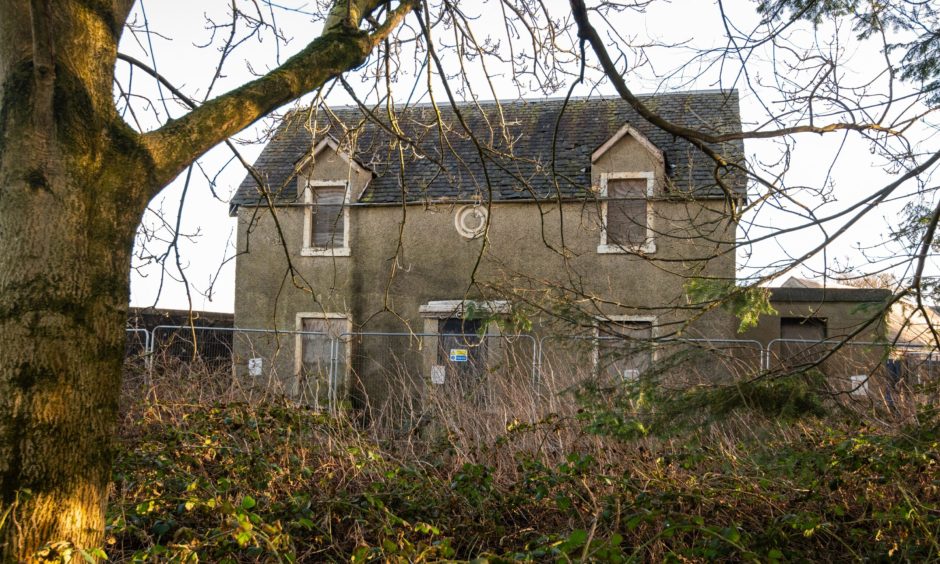
These images capture the fading majesty of one of the oldest surviving railway stations in Scotland.
Crossroads station, which opened in 1831, was built beside a level crossing on Clepington Road and was once greeted by the sights and sounds of steam trains.
The surviving relic of the pioneering Dundee to Newtyle railway is in a very sorry state.
It sits lonely in a quiet and overgrown corner of Kings Cross Hospital.
Left to the mercy of decay.
The Dundee and Newtyle Railway Company was formed in 1826 and in the following years tenders were invited for engineering works.
Using horse and cart to deliver goods by road took too long.
Something was needed because of the expansion of Dundee and the increased demand for some goods and resources.
The line was run from the station at Ward Road and terminated at Newtyle, which, at that time, was little more than a mill and a few houses.
Abrupt end to the journey
The service eventually commenced on December 16 1831, making it one of the earliest in commercial operation in the world.
Crossroads Station sits at an odd angle with respect to other buildings in the grounds of Kings Cross Hospital because of the direction in which the track was laid.
The route of the line took it up three steep inclines.
A tunnel had to be dug directly through the Law in Dundee.
The early trains consisted of a single coach drawn by horses, but winched up the inclines by steam engines.
They had a great deal of trouble with the pulley ropes.
On one occasion the rope broke as the train was being lowered down the Law incline and the passengers were unceremoniously thrown out on to the platform.
Locomotive engines came on to the line to replace the horses in 1833, making them among the very first train engines to be put into use in Scotland.
By the late 1830s tens of thousands of people a year were travelling on the line, which was a particularly popular summer attraction.
In 1861, the Ward Road station and the Law tunnel were closed, the tunnel having been a constant source of trouble and expense.
History of a short-lived station
Jim Page from the Angus Railway Group said: “At this point, the original route via Dundee Law was closed and of course with it, Crossroads.
“Its railway life was therefore rather short.
“After closure, the land here was soon sold off and Crossroads became part of the ground taken up by the new hospital for infectious diseases, which developed into the latter-day Kings Cross Hospital.
“From this time, it was likely occupied by people employed at the hospital, though not necessarily medical staff.
“This remained the situation until after the Second World War, when, along with many properties in Dundee, it was considered unfit for human habitation, though it may have remained a dwelling for a while longer.
“For a time, it was used as a store but that appears short lived and it was soon left unoccupied.
“I became aware of it in the late 1960s and early 1970s when it was derelict though graced with net curtains.
“It looked to be in poor condition when I last saw it.
“As for its future, it has no architectural merit, though I would not wish to see it taken down.
“Perhaps if it was kept wind and watertight and left to deteriorate graciously, this would be a fitting long-term outcome?”
The two-storey building was harled following decommission as a station.
You can still see a round window on the front of the building.
Would this have contained the station clock?
“It could have been a sundial or borrowed light to illuminate the staircase,” said Jim.
“If it was a clock, there is no proof that it was there from the outset.”
Was Crossroads a traditional station?
Iain Flett from Friends of Dundee City Archives said: “You don’t put up a large public clock unless there’s a public need for it.
“I don’t doubt it was railway property; just, we maybe shouldn’t see it as a traditional station.
“There were three inclines between Dundee and Newtyle that would have a stationary engine for winding in the cable that hauled the rolling stock up the incline.
It is one of the few surviving relics of the original Dundee and Newtyle Railway, opened in 1831.”
Dundee Civic Trust
“These would also be the point where the haulage was changed from cable to horse, in the beginning, then steam locomotive latterly.
“As well as a boiler house and winding gear I imagine there would be stabling for the horses. The accommodation likely housed railway personnel operating the equipment.
“The Back of Law was rural in those days so it’s unlikely to have generated any traffic.”
Niall Ferguson has written extensively about the Dundee and Newtyle Railway.
He said Crossroads Station did not have a long career.
Who owns Crossroads Station?
“The alignment of the building is, of course, along the line of the original railway from the station at the inland end of the Law Tunnel known as Back of Law to the foot of the Balbeuchley incline,” he said.
“Presumably it opened in 1831 and obviously closed when the Liff Deviation opened in 1861, although there is some suspicion that it might have closed earlier than that, in 1852.”
The building is not in use and remains boarded up and secured.
As with the majority of health care facilities across Scotland, the land at Kings Cross is owned by Scottish Ministers and NHS Tayside manages the land on their behalf.
It was added to the Buildings at Risk register in 2003.
It is currently rated as being at moderate risk and in a poor condition.
Crossroads Station a significant piece of industrial heritage
The significance of this “apparently unexceptional building” was highlighted by Dundee Civic Trust, which supports appropriate regeneration proposals.
“It is one of the few surviving relics of the original Dundee and Newtyle Railway, opened in 1831,” it said.
“In 1861, the Law incline and tunnel were bypassed by means of a massive deviation via Lochee.
“Crossroads station, which never seemed to do much business, may well have closed even before this date.
“The building became a private residence and was eventually engulfed by the hospital grounds.
“The position of the property, adjacent to Clepington Road with its own entrance, would make it easy for the health board to dispose of this fragment of its estate in a way that might lead to the preservation of a significant piece of industrial heritage.
“It is to be hoped that such a solution might be found.”
Passenger operations ceased in 1955, with some goods services continuing to run for a short period after.
Evidence of the line can still be seen, including various cuttings, embankments and signal houses.
The station building of the former Crossroads Station can be seen above the boundary wall in the north-west corner of the grounds of King’s Cross Hospital.
Many Dundonians don’t know it was a railway station, never mind a surviving relic from the steam age era.
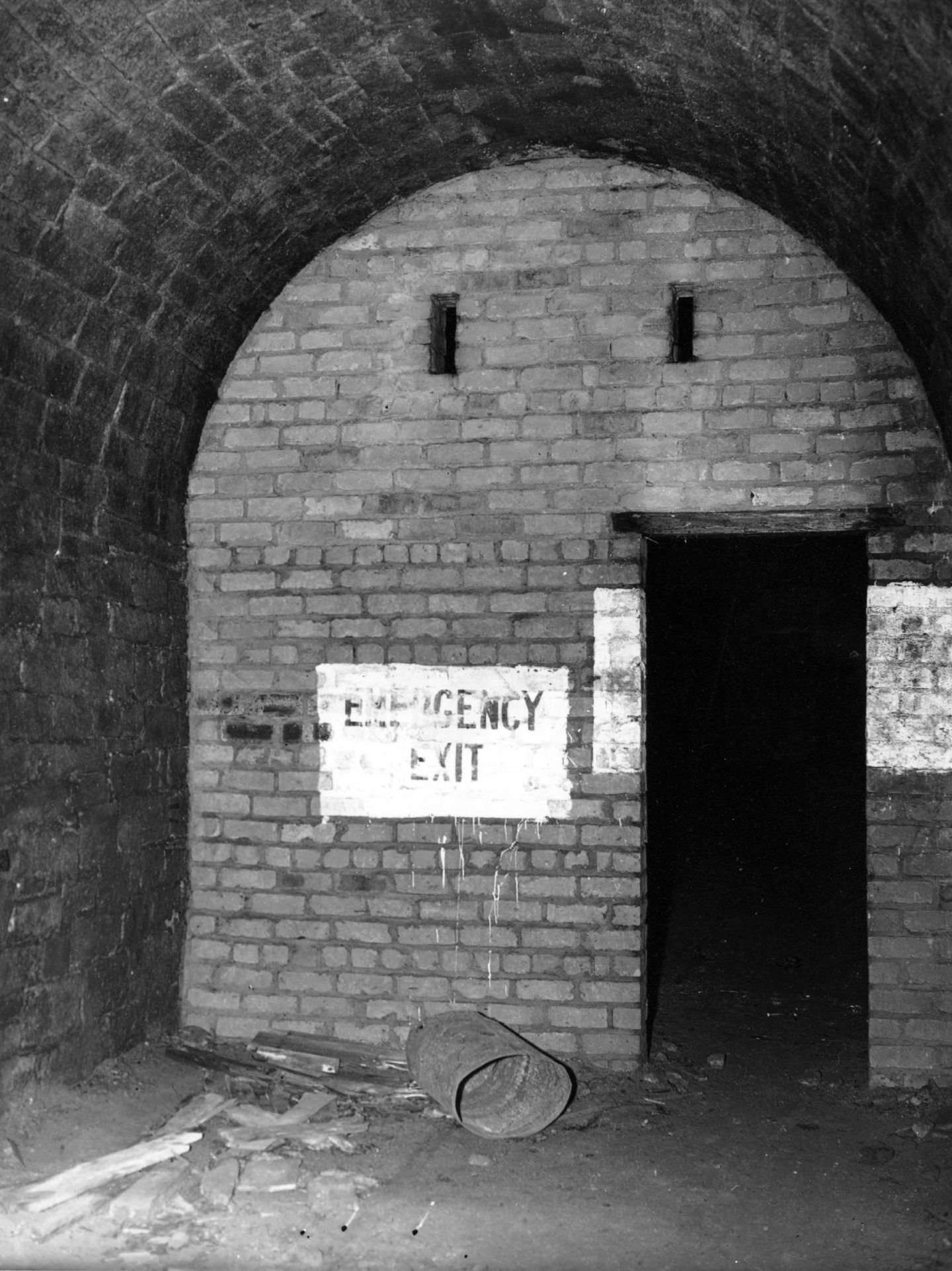
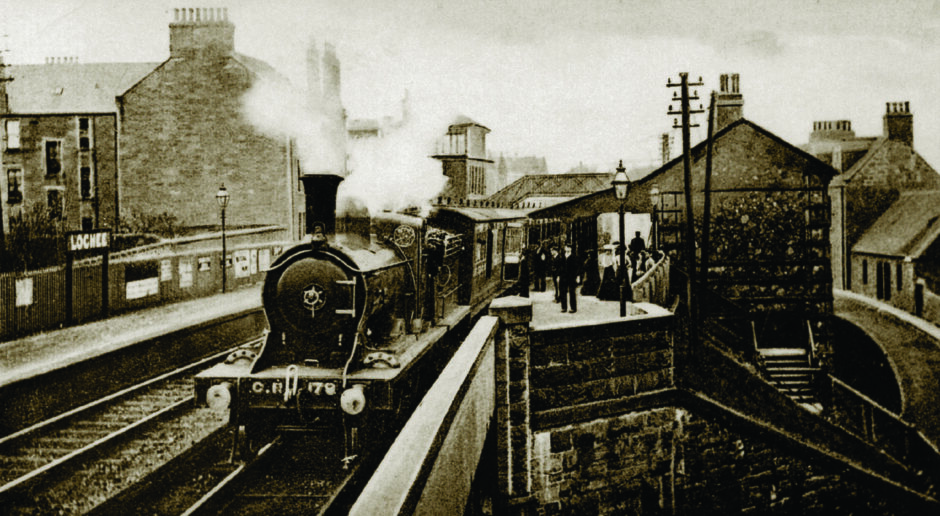
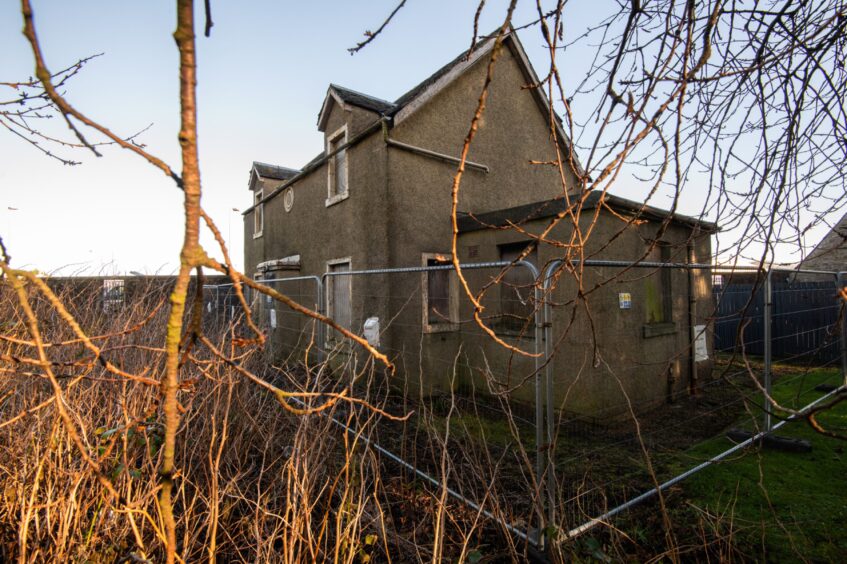
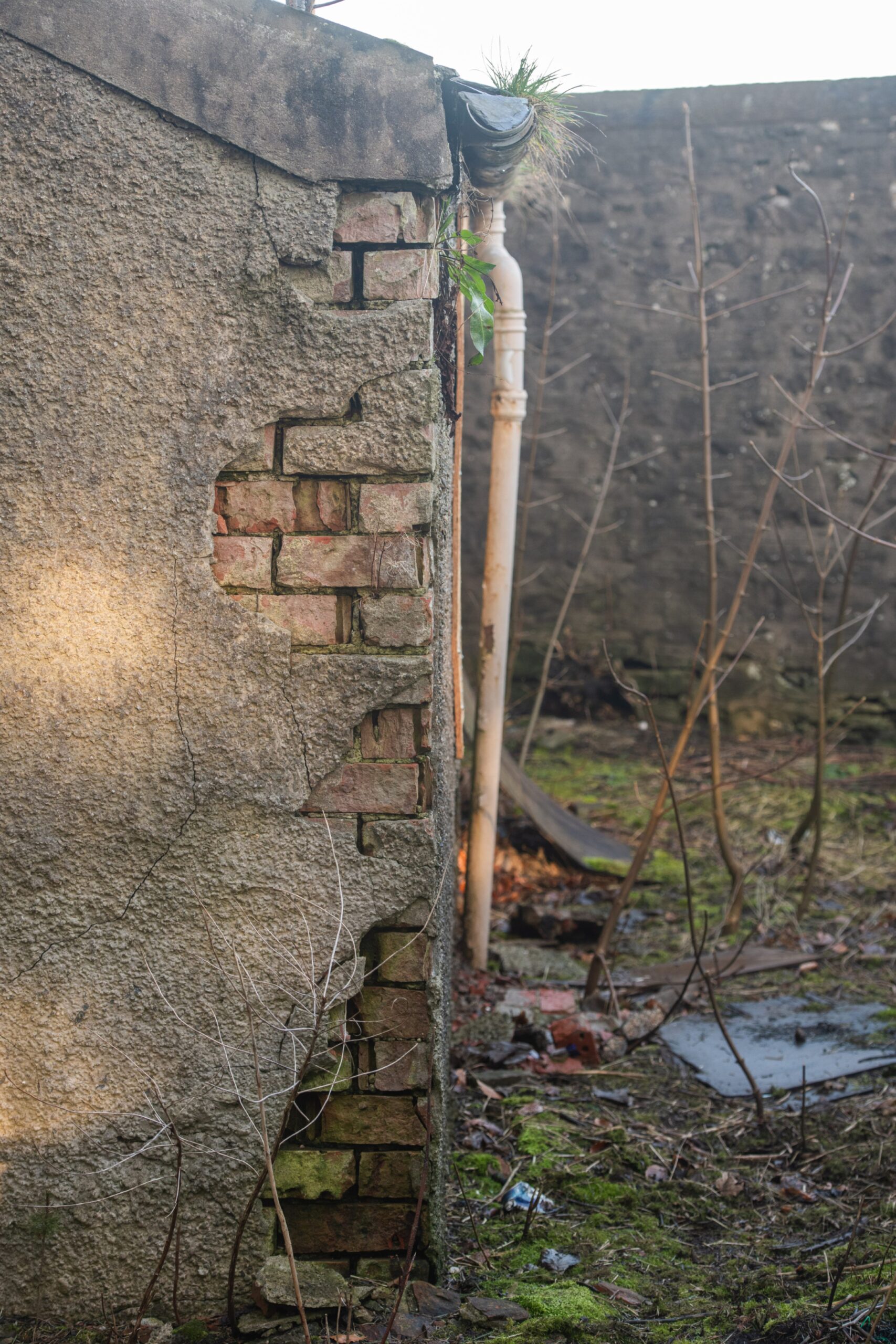
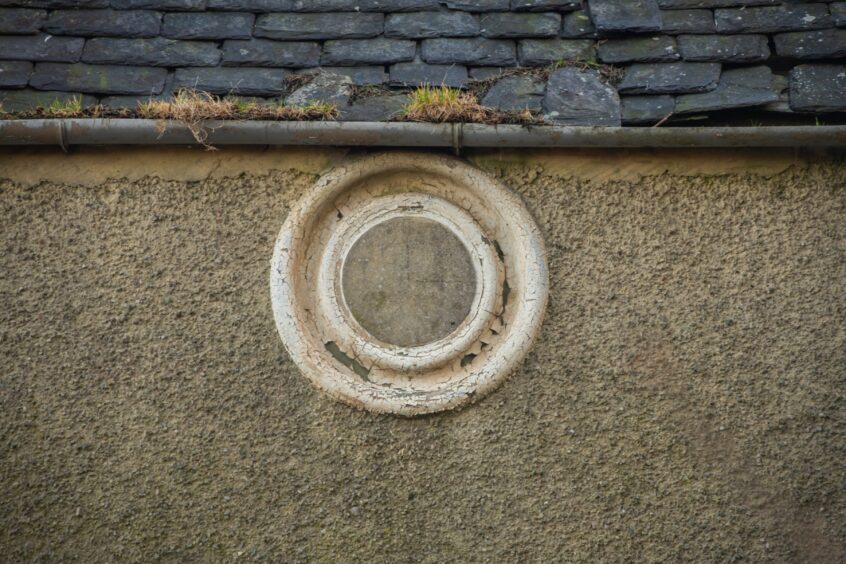
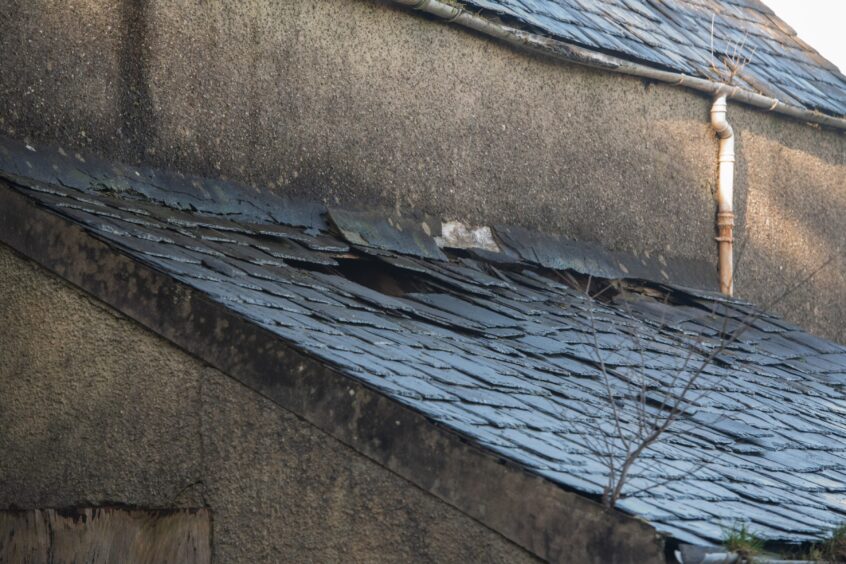











Conversation